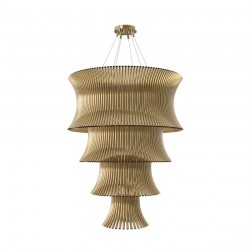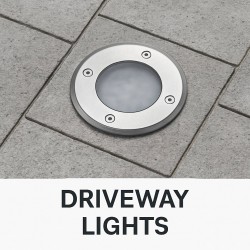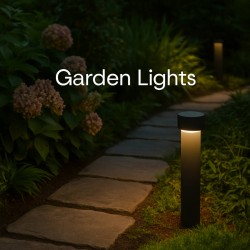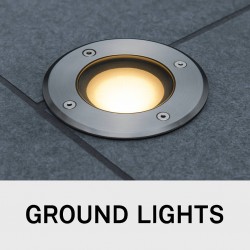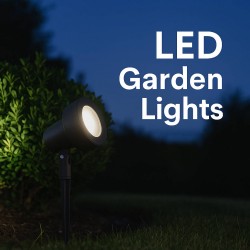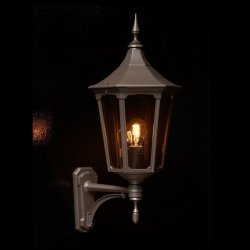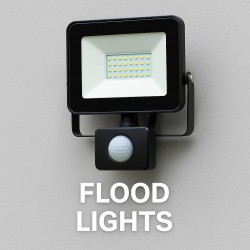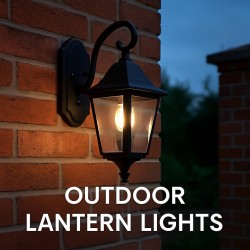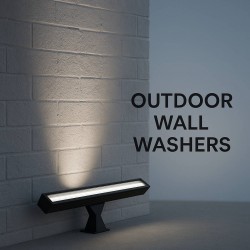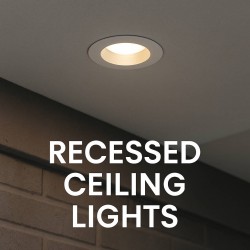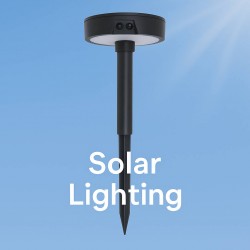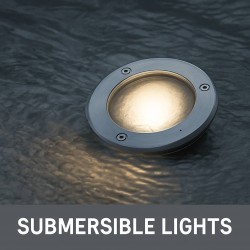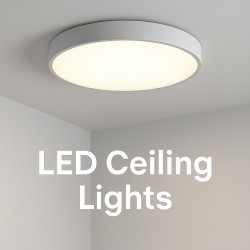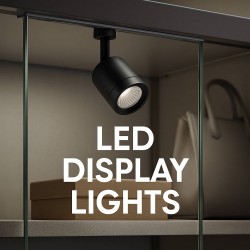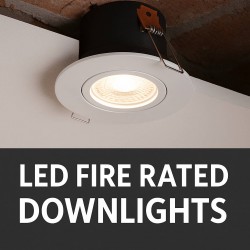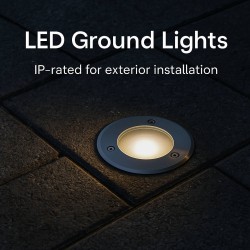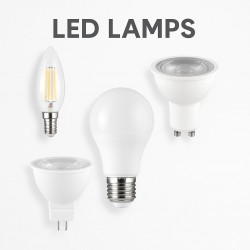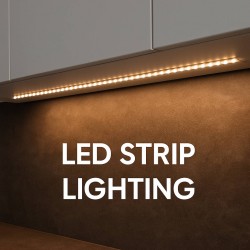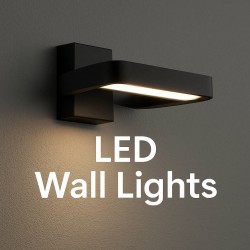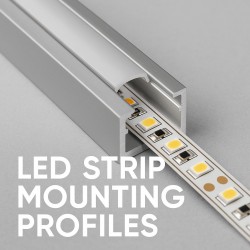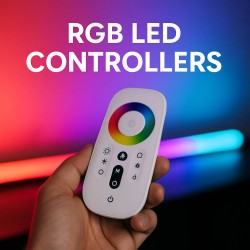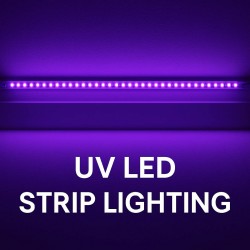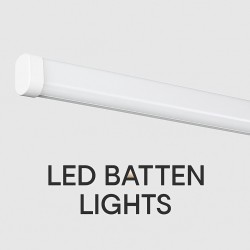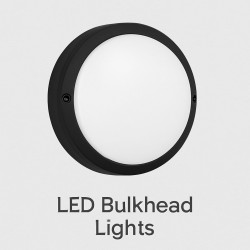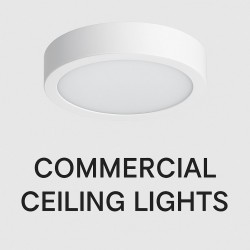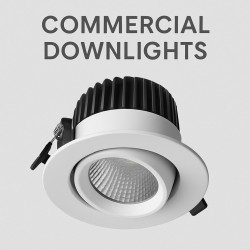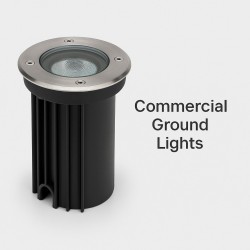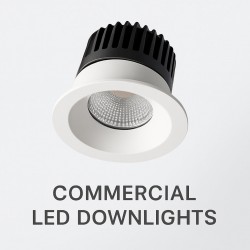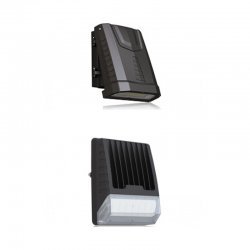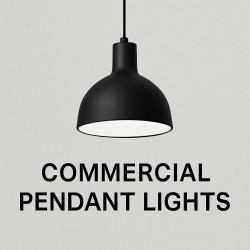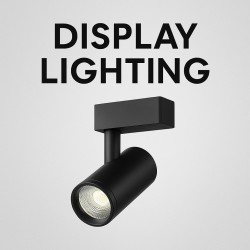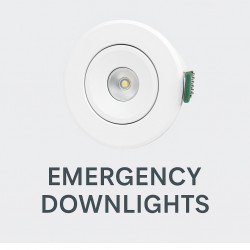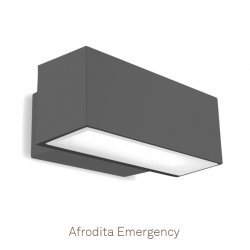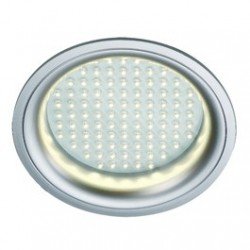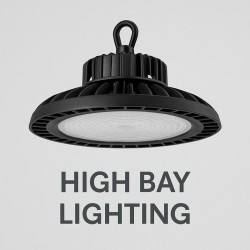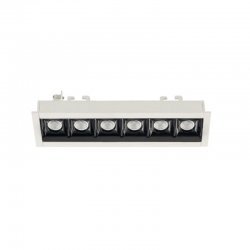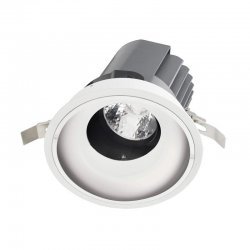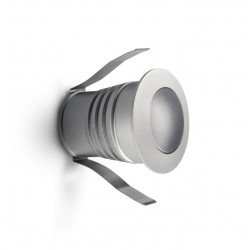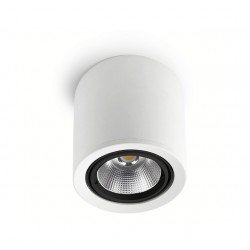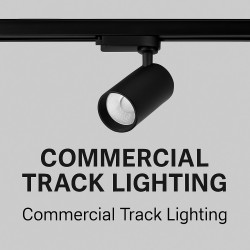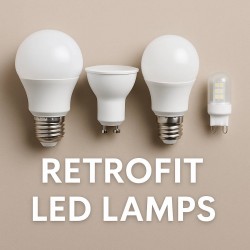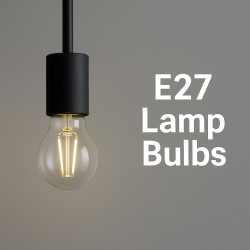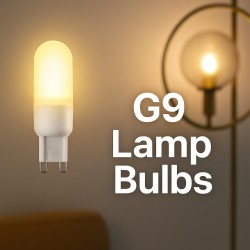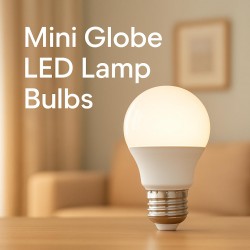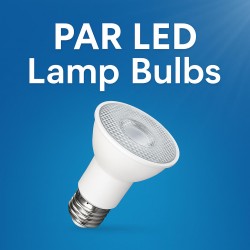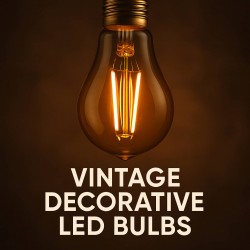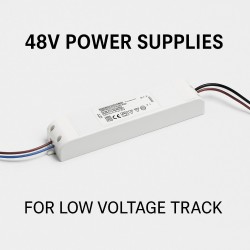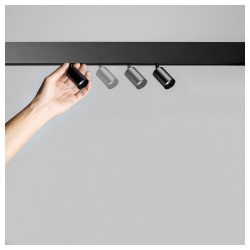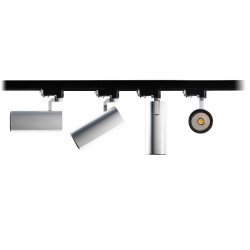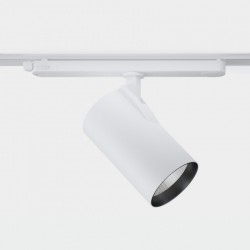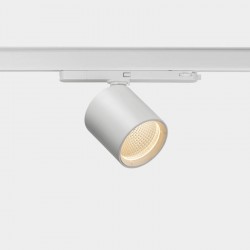IP ratings explained
IP ratings explained
IP (Ingress Protection) ratings are a standard used to measure the level of protection provided by an electrical device against the ingress of foreign objects and moisture. The IP rating is comprised of two numbers, and it provides a quick and easy way to determine the suitability of a product for use in specific environments.
The first number of an IP rating represents the level of protection against solid objects, and it ranges from 0 to 6. A higher number indicates a higher level of protection, with 6 being the highest level of protection.
The second number of an IP rating represents the level of protection against moisture, and it ranges from 0 to 8. A higher number indicates a higher level of protection, with 8 being the highest level of protection.
Here is a general guideline of the IP rating levels:
- IP00: No protection against foreign objects or moisture
- IP20: Protection against solid objects over 12.5mm and no protection against moisture
- IP44: Protection against solid objects over 1mm and splashes of water from any direction
- IP65: Protection against dust and water jets from any direction
- IP67: Protection against dust and temporary immersion in water
- IP68: Protection against dust and long-term immersion in water
When selecting a lighting product, it is important to consider the IP rating to ensure that it is suitable for use in your intended environment. For example, if you need a light for outdoor use, you should look for a product with a high IP rating, such as IP65 or higher, to ensure that it is protected against the elements.
In conclusion, IP ratings provide a useful and standardized method for evaluating the level of protection provided by electrical devices against foreign objects and moisture. By considering the IP rating of a product, you can make an informed decision and choose a lighting solution that meets your specific needs.







